The newest registered user is mark5
Our users have posted a total of 48860 messages in 7215 subjects

WORLD CLOCK
INFO VINE * The Greatest Inventions Throughout History *
Valley of the Sun Casual Club :: WORDS , FACTS , DATES , GAMES & TRIVIA & HISTORY :: INFORMATION VINE
 INFO VINE * The Greatest Inventions Throughout History *
INFO VINE * The Greatest Inventions Throughout History *

Photo Courtesy: [Keystone/Getty Images]
Inventions are most notable when we can see the historical changes they caused. Many ideas and invention designs are groundbreaking. Inventions have the potential to completely change the way we perceive the world and carry out our daily duties. Some inventions are so ahead of their time that they set the path for future generations to build on. Throughout history, we have witnessed engineering marvels that have helped improve the quality of life.
The Wheel
It is believed that Mesopotamian cultures are the original inventors of the wheel, and they used the wheels for pottery creation. The Ancient Greeks developed the idea of the wheel enough to put them to use carrying loads.

Photo Courtesy: [MARK MANCINI/Getty Images]
The first wheel and axle carts consisted of just two rods with a wheel and an axle on the end, and they were used to carry large loads through fields. Wheels today are nothing like early wheel designs; they are both round but different in every other way. The invention of the wheel led the way for other inventions, such as the automobile and bicycle.
The Nail
Before nails, wooden structures were built by attaching each piece to another, one-by-one through exhausting geometrical work. Nails have been used since 3400 B.C.E. by the people of Ancient Egypt, and until the early 1800s, most nails were made from hand-wrought iron.

Photo Courtesy: [Ken Melchert/Wikipedia]
They had to hammer the iron and make an arrow-like shape out of it. From the 1800s to 1914, cut nails were used, and from 1860 until now, wire nails were used, and one of the first nail-making machines appeared in the 1790s.
Glasses
Optical Lenses being used as aids for the weak-sighted started in the thirteenth century. The Romans were the first to discover the ability to use glass to enhance their ability to see small text. Primitive glass-blown lenses were set into wooden or leather frames and then held in front of the eyes or perched on the nose.

Photo Courtesy: [NATALIE JACEWICZ/Wikipedia]
The glass-blowers would make lenses of different thickness based on vision testing. Benjamin Franklin invented the bifocal lens, and the early 1800s also saw the introduction of peculiar cylindrical lenses for correcting astigmatism.
The Compass
The compass is among the 'Four Great Inventions' and was first invented as a divination device as early as the Chinese Han Dynasty. They were made of a naturally magnetized ore of iron, and it was later used for navigation during the Song Dynasty.

Photo Courtesy: [Kriti Mehta/Twitter]
Years later, compasses were made of iron needles, magnetized by striking them with a lodestone. The dry compasses began to appear around 1300 in the Islamic world and Medieval Europe. In the early 20th century, it was replaced by the liquid-filled magnetic compass.
Printing Press
The printing press was developed in the fifteenth century by Johannes Gutenberg in China; his invention was the Gutenberg press. Gutenberg's newly devised hand mold made possible the precise and rapid creation of metal movable type in large quantities.

Photo Courtesy: [Edward Aspera Jr./Wikipedia]
The hand mold and printing press drastically reduced the cost of printing books and other documents in Europe, and the Gutenberg press is also credited with the introduction of oil-based ink.
Electricity
The invention of electricity can't be credited to any one person; it developed over the course of thousands of years. The first to research electricity was Thales of Miletus in the sixth century BC; he experimented with amber rods.

Photo Courtesy: [Edward Aspera Jr./Wikipedia]
Benjamin Franklin is regarded as the man who helped us to understand electricity better. Some extensions of electricity's potential are light bulbs, batteries, computers, and toasters. Electricity is now something we can't live without.
Steam Engine
In 1781, James Watt patented a steam engine that was capable of continuous rotary motion that he invented somewhere between 1763 and 1775. His engine became the driving force in the factories, ships, the mining industry, trains, and the Industrial Revolution.

Photo Courtesy: [Smith Collection Gado/Getty Images]
The steam engine played a major role in the exponential growth and advancement in agriculture, manufacturing, and transportation in the 1800s. Watt's design continued to be modernized by others over time, and the latest major evolution of it was the steam turbine powering most heat sources in the United States.
Automobile
The steam engine is what cleared the path for the industrial revolution of which the automobile came out of. The automobile is a combination of inventions like the wheel, the radio, batteries, and internal combustion.

Photo Courtesy: [Daniel Rivas/Twitter]
Motorwagen was considered the first automobile in 1885, and in its early days, it was mainly a luxury item that only the wealthy possessed. The revolutionary assembly line by Henry Ford made cars more affordable for the lower classes.
Refrigerator
In the early days, ice and snow were used to help preserve food and medicine. Ice-making machines were available but mainly used in large factories and breweries. In the 1920s, home refrigerators became a typical household appliance once the development of environmentally safe chemicals was available.

Photo Courtesy: [History Class/YouTube]
Keeping food at a cold temperature revolutionized the food industry, and refrigerated trucks could deliver all food in desirable conditions. It made it possible to have fresh meats, vegetables, and fruits even if you weren't near a farm.
Radio
The first edition of radio was patented by Guglielmo Marconi, a pioneer of wireless telegraphy, in 1896. Marconi began experimenting with his inventions after becoming aware of the work of Hertz in electromagnetic waves.

Photo Courtesy: [Keystone/Getty Images]
In 1901, Marconi successfully transmitted the first wireless telegraphy signals across the Atlantic Ocean and was awarded the Nobel prize in physics. The communication system was the result of developments by many different individuals.
Telephone
The telephone was the culmination of many people's work. Carl Friedrich Gauss and Wilhelm Eduard Weber invented an electromagnetic device to transmit telegraphic signals in 1833. Alexander Graham Bell is credited with being the inventor of the telephone; however, Elisha Gray and Antonio Meucci also developed talking telegraphs.

Photo Courtesy: [Logan Jansen/Twitter]
Bell came to the United States as a teacher of the deaf and came up with the electronic speech idea. The telephone opened a vast world of communication and changed the world.
Airplane
The invention of the airplane combines multiple brilliant ideas, including steam turbines and wheels. It was the Wright Brothers, in 1903, that invented and flew the first airplane, but they built on the works of George Cayley, who set forth the concept of the modern aircraft.

Photo Courtesy: [Smithsonian National Air and Space Museum/YouTube]
Otoo Lilienthal, the German pioneer of human aviation, also studied heavier-than-air flight between 1867 and 1896. In 1856, Jean-Marie Le Bris made the first powered flight when he had his glider pulled by a horse on the beach.
Soap
The ancient Mesopotamians in 3000 B.C.E. started to realize the importance of hygiene to maintain good health, and they invented cleansing soap made of animal fat and wood ash. It is also said the soap was first discovered on Sappo Hill in Rome when a group of women were washing clothes in the river, where animal fats ran down into the river creating a soapy clay mixture.

Photo Courtesy: [Paul Linse/Getty Images]
They found that using the same substance while washing caused the clothes to clean easier. Soap became regularly used but not always with the same substances.
Boat
Boats are thought to have existed 900,000 years ago, with the earliest boats thought to have been dugouts. The oldest boat recovered was the Pesse canoe, a dugout from a hollowed tree trunk in the Netherlands. Boats played an integral role in the commerce between the Indus Valley Civilization and Mesopotamia.

Photo Courtesy: [Dot Radley/Wikipedia]
The Herodotus, Pliny the Elder, and Strabo recorded using boats for business, travel, and military purposes. The culture at the time was almost entirely reliant on the river.
Mirror
The earliest mirror was pieces of polished obsidian, and by the Bronze Age, most cultures were using mirrors made from polished bronze, copper, silver, or other metals. The silvered-glass mirror was invented during the Renaissance by German chemist Justus von Liebig in 1835.

Photo Courtesy: [Daderot/Wikimedia Commons]
He used the wet deposition process that involved the deposition of a thin layer of metallic silver onto glass through silver nitrate's chemical reduction. Currently, mirrors are produced by the wet deposition of silver, nickel, or chromium.
ATM
The first ATM was built and installed at British Bank Barclays in London in 1967. John Shepherd-Barron invented the world's first automatic teller machine. It depended on checks with the radioactive isotope carbon 14 to initiate a withdrawal, and it didn't charge a fee.

Photo Courtesy: [Steven Brocklehurst/Wikipedia]
The maximum withdrawal allowed was 10 Euro, and there were a very limited amount of machines as where now they are around every corner. "It struck me there must be a way I could get my own money, anywhere in the world or the UK. I hit upon the idea of a chocolate bar dispenser, but replacing chocolate with cash." ----- John Shepherd-Barron.
Electric Motor
The electric motor has helped households all around the world do their chores in a more time-efficient way. Andrew Gordon and Benjamin Franklin described in experiments the first electric motors, which were simple electrostatic devices.

Photo Courtesy: [Stephen C. Dickson/Wikipedia]
Anyos Jedlik called his early devices electromagnetic self-rotors in 1828, and they were the first device to contain the three main components of DC motors, the stator, rotor, and commutator. Thomas Davenport invented the first official battery-powered electric motor in 1834, and it was the first motor that had enough power to perform a task.
LED Lights
Nick Holonyak, the consultant for General Electric, invented the first LED that produced visible, red light in 1962. There were others that improved his invention as time went on. The earliest LEDs emitted low-intensity infrared light and were limited to red.

Photo Courtesy: [Toshi Sasaki/Getty Images]
The first usable LED products were Hewlett-Packard's LED display and the LED indicator lamp, which launched in 1968. Blue-violet LEDs were invented by Herb Maruska and Wally Rhines in 1972, and the white LED was linked to Dr. Schneider in 1995.
MRI Machine
Raymond Vahan Damadian invented the first MR Scanning Machine when he discovered that tumors and normal tissue could be distinguished in vivo by nuclear magnetic resonance. Damadian was also the first to perform a full-body scan of a human being in 1977.

Photo Courtesy: [Havik Torkomyan/Wikipedia]
He invented a method to use NMR safely and accurately to scan the human body, now known as MRI. He also worked with Wilson Greatbatch to develop an MRI-compatible pacemaker.
Clock
The ancient Egyptians constructed the obelisk, the earliest models of the shadow clock, around 3500 B.C.E. They also invented the sundial about two thousand years later. Galileo invented the swinging bob to regulate a time-telling device's motion in the seventeenth century, but Christiaan Huygens is usually credited as the inventor.

Photo Courtesy: [Christopher McFadden/Twitter]
The pendulum clock was invented in 1656. The mechanical clock changed everything and enabled people to measure time in ways that were not possible before.
Typewriter
In 1874, the first typewriters were introduced but weren't common in offices until after the mid-1880s. The invention was developed by numerous inventors working independently over a series of decades. It is estimated that some form of the typewriter was invented fifty-two times as thinkers tried to develop a workable design.

Photo Courtesy: [Keystone-France/Getty Images]
In the early 1800s, the first mechanical typing machine that was used with carbon paper was invented, and the equipment was finally standardized in 1910.
Computer
The computer was actually invented out of a need to solve a serious number-crunching crisis; the government was looking for a faster way to tabulate the U.S. Census. Charles Babbage was credited with the first automatic digital computer; he developed the plans, but it was never completed.

Photo Courtesy: [Keystone/Getty Images]
Charles Babbage is known as the Father of the Modern Computer. In 1943, John Mauchly and J. Presper Eckert built the ENIAC computing system, and it was over 1,000 times faster than any previous computer.
Bicycle
Karl Drais made the first major development in 1817 when he created a steerable, two-wheeled contraption, known as the velocipede, hobby-horse, or running machine. In the 1860s, several different inventors developed prototypes with pedals attached to the front wheel called bicycles or boneshakers.

Photo Courtesy: [Douglas Miller/Getty Images]
During the 1870s and 1880s, new models that sported an oversized front wheel became all the rage. John Kemp Starley perfected a safety bicycle with equal-sized wheels and a chain drive in 1885, and shortly after, new developments in brakes and tires followed.
Phonograph
Thomas Edison's favorite invention was the phonograph. He figured out a way to record sound on tinfoil-coated cylinders, and in 1877, he created a machine with two needles, one for recording and one for playback. When someone speaks into the mouthpiece, the sound vibrations of their voice would be indented onto the cylinder by the recording needle.

Photo Courtesy: [Robert McNamara/Getty Images]
He then established the Edison Speaking Phonograph Company in 1878 to sell his new machine. Many of the uses that Edison suggested for the phonograph have become a reality.
Lightbulb
Most people credit Thomas Edison with the invention of the light bulb, but he wasn't the only person who contributed to technology development. Edison filed the patent for the invention in 1879, and several other figures helped perfect the design.

Photo Courtesy: [Welgos/Getty Images]
The longest-running light bulb was installed in a fire department building in Livermore, California, and the light bulb was turned on for the first time between 1901 and 1905 and has been continuously running since then.
Watch
The history of watches began in the sixteenth century. Wristwatches were first worn by military men towards the end of the nineteenth century, and the Garstin Company of London patented a design in 1893. The early models were essentially pocketwatches fitted to a leather strap.

Photo Courtesy: [Christoph Schissler/Wikipedia]
Louis Cartier designed the first Rolex wristwatch in 1910, which went on to receive certification. The first electric-powered watches came out during the 1950s, and the Quartz watch was designed in 1964.
Tape Measure
James Chesterman patented the first documented tape measure in 1829, and it was made from the leftover wire from hoop skirts. His invention underwent further change and improvements by Alvin J Fellows. Alvin Fellows invented the tape measure in 1868, and his method was to encase the tool in a plastic container and attach it with a spring clip.

Photo Courtesy: [Keystone/Getty Images]
The tape measure didn't start to become really popular until the 1940s. The tape measure has since evolved and gained more features like a belt clip, a claw at the end of the tape, and it has become boxier.
Flashlight
David Misell had the first U.S. patent for the flashlight in 1899. The earliest models were inefficient and needed to sit to stay functional because the light only flashed multiple times instead of being continuous. The flashlight had three D batteries in the handle and had an on and off switch.

Photo Courtesy: [History Class/YouTube]
Flashlights became more popular by 1922 when the carbon filament was replaced with tungsten, the batteries were improved, and there were several different designs to choose from. Many of the early flashlights were donated to the New York City Police.
Velcro
Swiss engineer George de Mestral conceived the idea of a hook-and-loop fastener in 1941 when he returned from a hunting trip with his dog in the Alps. He studied and examined the burs of burdock that was sticking to his clothes and his dog's fur under a microscope and noted the hundreds of hooks.

Photo Courtesy: [ALAIN GASSMANN/Twitter]
He saw the possibility and took his idea to Lyon and ended up using nylon but mechanizing the process of weaving the hooks took eight years and a total of ten years to create velcro. Velcro started to become well-known after it was used in the aerospace industry.
Fire Extinguisher
The earliest fire extinguisher model was dangerous to the operator. It was comprised of a cask that contained liquid and a gunpowder chamber made of pewter that was set off by igniting the fuse, and the gunpowder generated an explosion needed to scatter the liquid retardant.

Photo Courtesy: [Dae Kwon/Twitter]
Ambrose Godfrey invented and patented the fire extinguisher in 1723. It was further developed throughout history, and now the most common models include air-pressurized water, carbon dioxide, and dry chemicals.
Microscope
Until the 1950s, humans couldn't see anything smaller than a piece of sand. With the microscope came the ability to examine small things like bacteria, food particles, and other microorganisms. However, it remains unclear who invented the microscope, but the debate is usually between Hans Lippershey or the father-son team, Hans and Zacharias Janssen.

Photo Courtesy: [Daderot/Wikimedia Commons]
The earliest known simple magnifying glass dates back to the thirteenth century. Several different kinds of microscopes have been invented over the years, but Antoni van Leeuwenhoek is known as the father of microscopy.
X-Ray
Wilhelm Conrad Roentgen discovered the x-ray in 1895 by experimenting with cathode rays and figuring out that not only did they travel through glass, but also human flesh. The first known use of the technology was during the Balkan War to find broken bones and bullets inside the patients.

Photo Courtesy: [William J. Morton/Wikipedia]
The early use of X-rays was widespread and unrestrained, with little regard for potential side effects from radiation exposure. Roentgen was honored with the Nobel Prize in physics in 1901.
Camera
Johann Zahn designed the first camera in 1685, and the first known photograph was taken by Joseph Nicephore Niepce in 1814. The earlier cameras were not able to save the images and were large in size. Louis Daguerre invented the first practical photography in 1829, but it was almost another ten years before producing an effective method.

Photo Courtesy: [Spencer Arnold Collection/Getty Images]
In the years following, several people improved his technology, and in 1940, color photography started. This invention was so important because it gives us the ability to capture a moment in history.
Battery
Ancient Parthians filled clay pots with vinegar solution and inserted an iron rod surrounded by a copper cylinder in it, and it's believed that they used it to electroplate silver. So the first prehistoric batteries maybe about 2,000 years old.

Photo Courtesy: [GuidoB/Wikipedia]
Alessandro Volta invented the first electric battery in 1800, and his invention consisted of copper and zinc plates stacked on top of each other and separated by paper disks soaked in brine, but it didn't provide energy for sustainable periods of time. Thirty-six years later, John Frederic Daniel improved the battery and made it more practical, and by the end of the nineteenth century, the first dry cell battery was produced.
Toothbrush
The earliest chew sticks were discovered in Mesopotamia in 3500 BC, and chew sticks remain common in Africa. The original toothbrush was known as the chew stick made of simple twigs with frayed ends and used to get rid of anything dirty from teeth.

Photo Courtesy: [Eric Fox/Twitter]
William Addis of England was imprisoned in 1770, and while in prison, he saved a piece of bone from his meal, drilled some small holes, and attached bristles to the bone. Addis had invented the toothbrush, and after being released from prison, he became a wealthy man from selling his toothbrushes.
Flushing Toilet
Several ancient civilizations used the early toilet systems, but Sir John Harington, the godson of Queen Elizabeth I, invented the first modern flushable toilet in 1596. It was a two-foot-deep oval bowl fed by water from an upstairs cistern.

Photo Courtesy: [Bo Sullivan/Wikipedia]
They required 7.5 gallons of water, but the water was scarce, and up to twenty people could use his commode between flushes. Alexander Cumming was given the first patent for a flush toilet in 1775. In the late nineteenth century, Thomas Crapper manufactured one of the first successful lines of flush toilets.
Paper
Paper was invented around 100 BC in China when a government official named Ts'ai Lun was the first to start a paper-making industry. Lun mixed chopped mulberry bark and hemp rags with water, flattened it, pressed out the water, and let it dry in the sun.

Photo Courtesy: [Robert Essel/Getty Images]
It was another thousand years before the paper was being used all over Eurasia. In the United States, the paper industry began with establishing the first paper mill in 1690 by William Rittenhouse.
Gun Powder
Gunpowder was invented in China in the ninth century as one of the Four Great Inventions, and by the end of the thirteenth century, it had spread throughout most parts of Eurasia. Gun powder was originally developed for medicinal purposes by the Taoists.

Photo Courtesy: [223Firestorm/YouTube]
It was made with elemental sulfur, charcoal, which traditionally came from the willow tree, and saltpeter. It is no longer used in modern weapons; today, gunpowder firearms are primarily for hunting and target shooting.
Vaccines
Vaccinations are used for eradicating diseases and extending the human lifespan. A form of vaccines actually dates back hundreds of years when the monks drank snake venom to confer immunity to snake bites and variolation.

Photo Courtesy: [Bettmann/Getty Images]
Edward Jenner developed the first vaccine for smallpox in 1796, and Louis Pasteur developed the rabies vaccine in 1885. Pasteur was a French chemist and biologist and is credited with making vaccination a major part of medicine that it is today.
Rocket
Robert Hutchings Goddard is considered the father of modern rocket propulsion, but rocketry principles were first tested more than 2,000 years ago. It's only been in the past seventy years that rockets have been used for space exploration applications.

Photo Courtesy: [DOCUMENTARY TUBE/YouTube]
Historians believe that the Chinese were the first to develop real rockets around the first century A.D., where they were used like fireworks. For the next few hundred years, they were mainly used as military weapons. Konstantin E. Tsiolkovsky published the rocket equation in 1903, and Goddard sent the first liquid-fueled rocket aloft in 1926.
Transistor
Julius Edgar Lilienfeld first proposed a field-effect transistor principle in 1925, and John Bardeen, Walter Brattain, and William Shockley invented the first working transistors at Bell Labs in 1947. William Shockley improved the bipolar junction transistor in 1948, which led to the first widespread use of transistors.

Photo Courtesy: [Bill Slawski/Twitter]
The first transistor car radio was in 1955, the transistor tv was in 1960, and the pocket-size calculator was in 1971. In 1952, the junction transistor was first used in a commercial product, the Sonotone hearing aid.
Internet
The internet is an invention that is a result of many people's contributions and doesn't belong to any one person. The precursor of the Internet, ARPANET, was a project by the U.S. Department of Defense in the 1960s.

Photo Courtesy: [Deno Max/Twitter]
The Internet protocol suite was developed by Vint Cerf and Roberts E. Kahn, and it became the standard Internet networking protocol until today. The Internet has given us email, instant messaging, inexpensive overseas communication, and so much more. It has changed the way we live, conduct business, learn and spread knowledge.
Penicillin/Antibiotics
Alexander Fleming propelled the medical world to take a giant leap ahead with discovering the bacteria-inhibiting mold called penicillin in 1928. It proved to be a major step forward with antibiotics and was used widely throughout the twentieth century.

Photo Courtesy: [Lily Rothman/Getty Images]
Fleming abandoned his works on penicillin in the 1940s, but his findings were further researched. After the Pearl Harbor bombing, penicillin finally entered mass-production, and by 1944, we had enough to treat all the wounded Allied Forces in World War II. Death from bacterial infections dropped to only one percent.
Contraceptives
Contraceptives have slowly yet steadily helped prevent unnecessary and potentially dangerous rapid population growth on a global scale. Certain types of contraceptives are also effective at preventing sexually transmitted diseases as well.

Photo Courtesy: [Keystone/Getty Images]
Condoms have been used since the eighteenth century, but the contraceptive pill, developed by Russell Marker, started being used in the 1930s. People have used various forms of contraceptives, including those made of natural substances, and new methods are always being developed.
Paper Currency
Trade was the commercial exchange of goods and services before money. Money has taken various forms throughout history, including metals, coins, foods, vegetables, livestock, and anything else useful as tradable bartering assets.

Photo Courtesy: [Pierre Barbier/Getty Images]
China was the first to make use of paper money in the ninth century and Europe in the late 1600s. In the beginning, paper money had no intrinsic value and was initially used as legal-binding notes issued by banks as a promise of future payments. Still, it soon became the most common bartering asset. Paper money transformed the face of economics on a global scale.
Steel
The utilization of various metals such as iron and bronze started earlier than 4,000 years ago, but steel took a prominent role in human civilization during the Industrial Revolution. Steel is an alloy comprised mostly of iron and a minimal amount of carbon.

Photo Courtesy: [Robert McNamara/Getty Images]
The mass production of steel began in the 1850s using the Bessemer Process, a technique used to create steel using molten pig iron. Steel is now used in the construction of everything from bridges and houses to engines and skyscrapers.
Magnifying Lense
The magnifying lens is one of the most ancient optical devices. Thousands of years ago, Egyptians used chips of crystal or obsidian to be able to view small objects. Emperor Nero in Rome was known to have looked through gemstones at actors on a distant stage.

Photo Courtesy: [Keystone/Getty Images]
Roger Bacon constructed the first magnifier sometime during the thirteenth century, and he adapted its use as primitive spectacles, allowing scholars with failing eyesight to continue their work. The magnifying glass was the precursor of the compound microscope.
Telegraph
The telegraph revolutionized long-distance communication and was developed by Samuel Morse in the 1830s and 1840s; it worked by transmitting electrical signals over a wire laid between stations. Morse also developed a code that assigned a set of dots and dashes to each letter of the English alphabet, which allowed for the simple transmission of complex messages across telegraph lines.

Photo Courtesy: [Insider/YouTube]
He sent his first telegraph message in 1844, and by 1866, a telegraph line had been laid across the Atlantic Ocean from the U.S. to Europe. The telegraph was later replaced by the telephone, fax machine, and Internet, but it laid the groundwork for the communications revolution.
Television
Television was invented by several people working together and alone over the years, but in 1831, Joseph Henry's and Michael Faraday's work with electromagnetism jumpstarted the era of electronic communication.

Photo Courtesy: [Wolfgang Sauber/Wikipedia]
In 1862, Abbe Giovanna Caselli became the first person to transmit a still image over wires, and in 1924, John Baird became the first person to transmit moving silhouette images using a mechanical system. Philo Farnsworth received a patent for the first completely electronic television system. The first TV commercial was broadcast in 1930.
 Similar topics
Similar topics» INFO VINE * The History of Comic-Con *
» INFO VINE * The History of The Monuments Men *
» INFO VINE * The History of Money *
» INFO VINE * The History of Prince *
Valley of the Sun Casual Club :: WORDS , FACTS , DATES , GAMES & TRIVIA & HISTORY :: INFORMATION VINE

 Events
Events






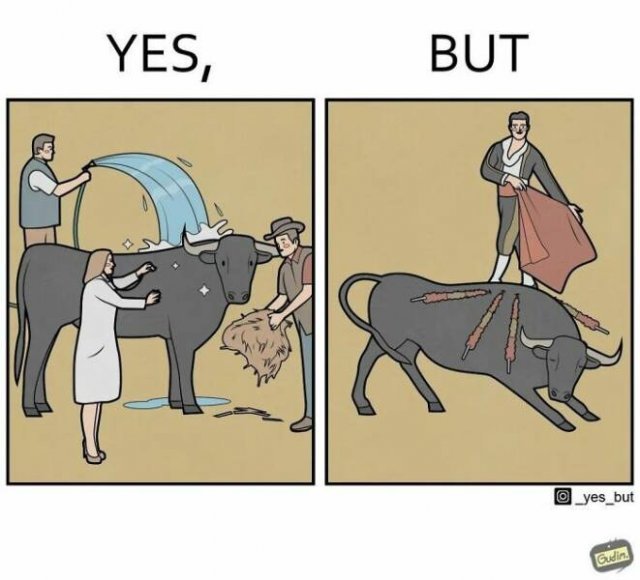
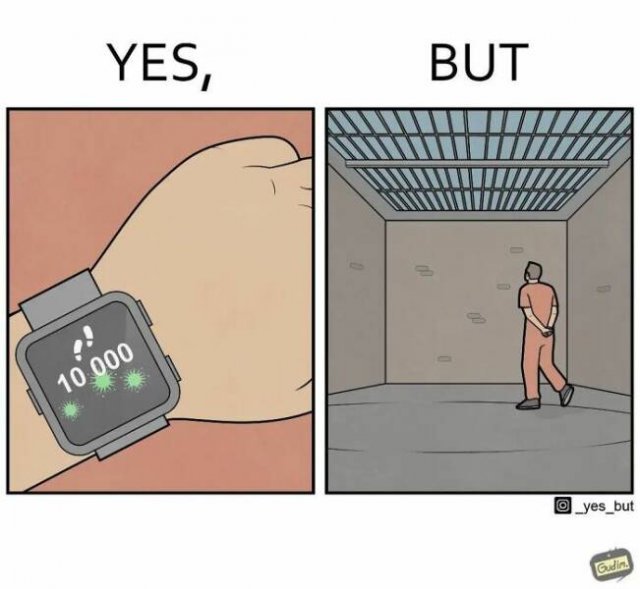

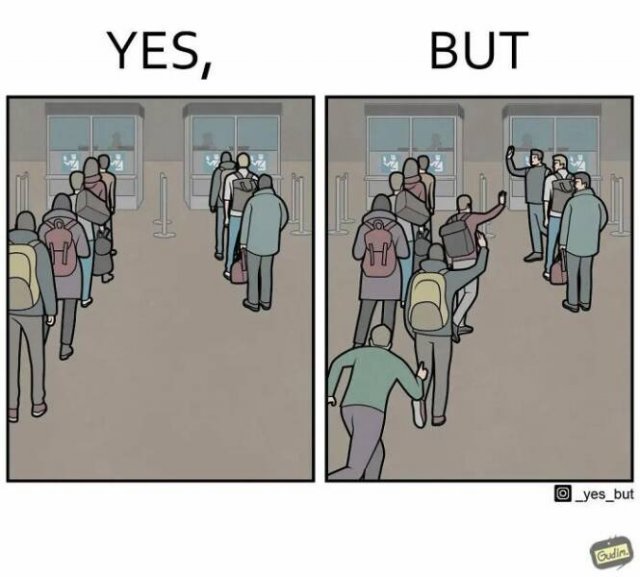
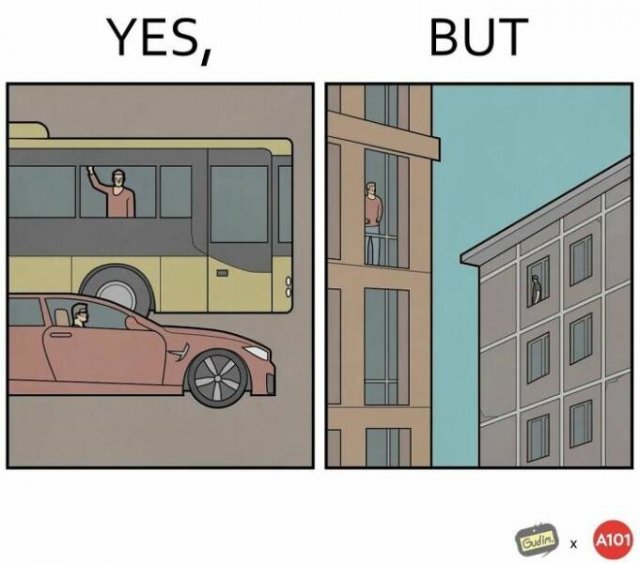
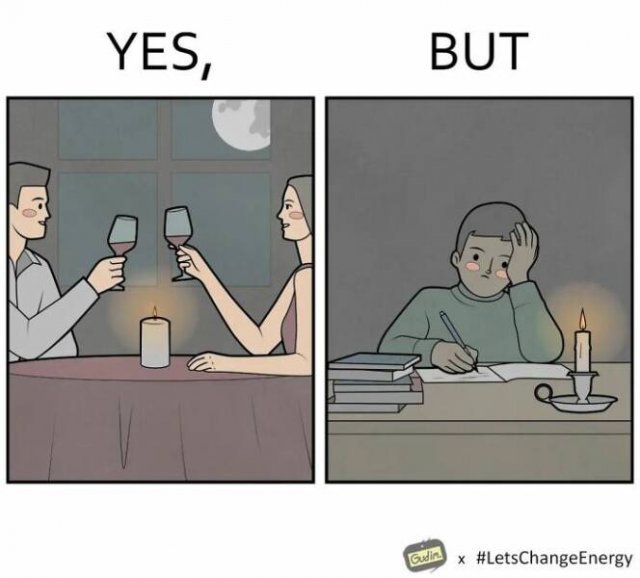
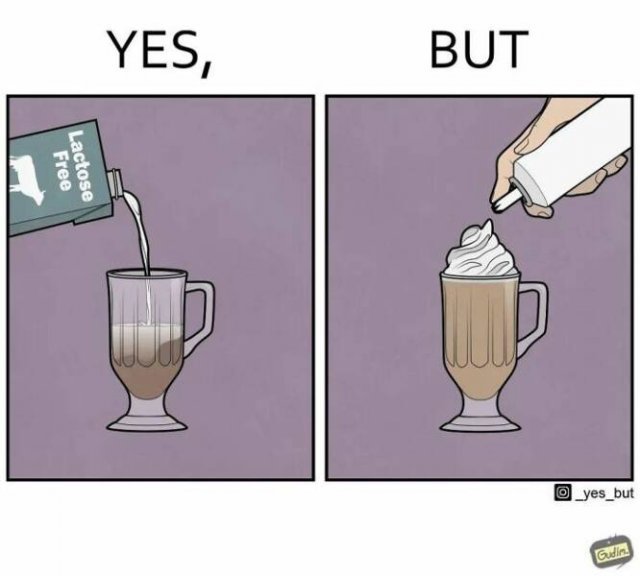





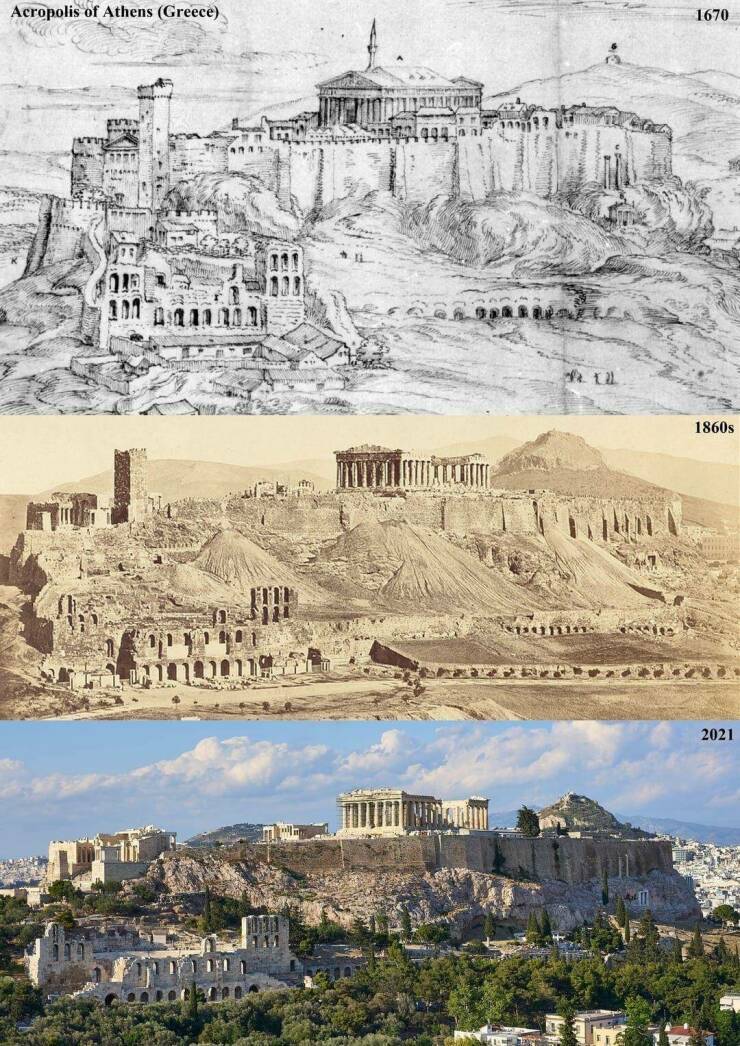
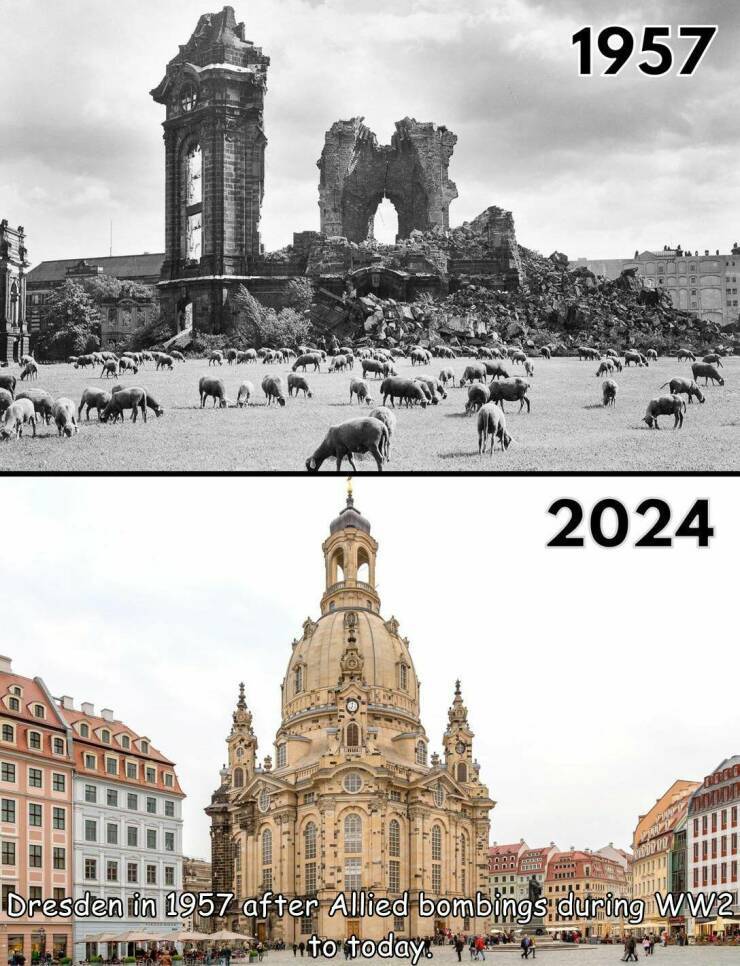



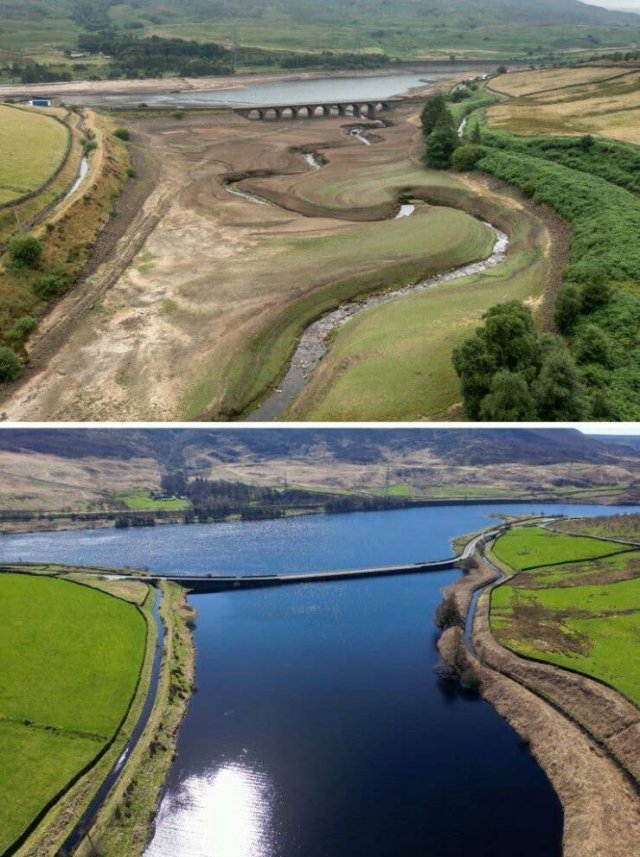
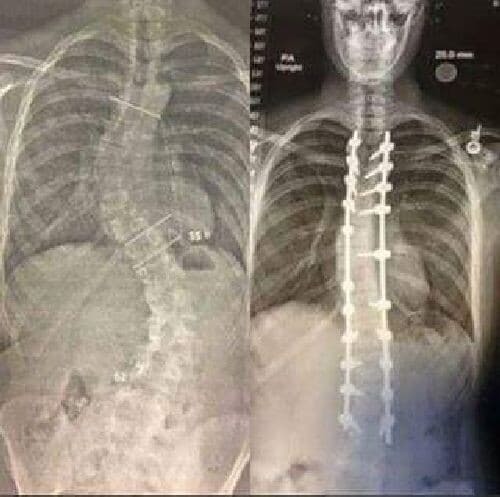














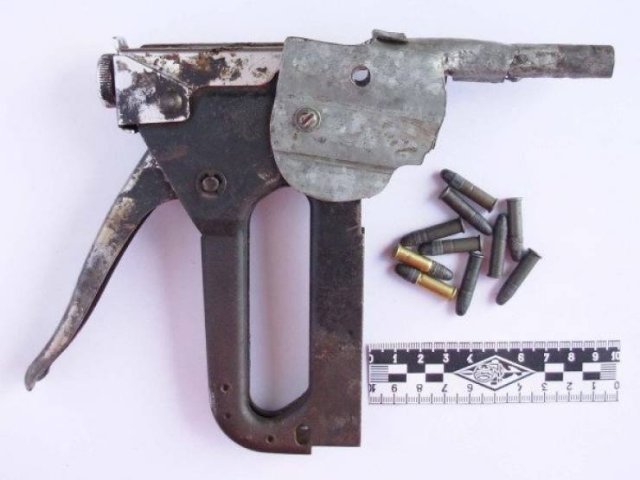

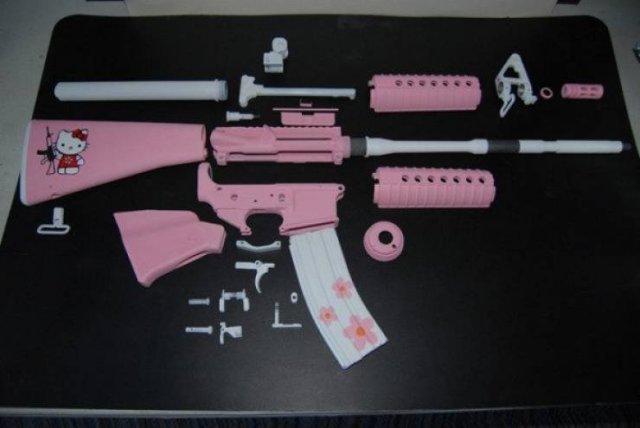
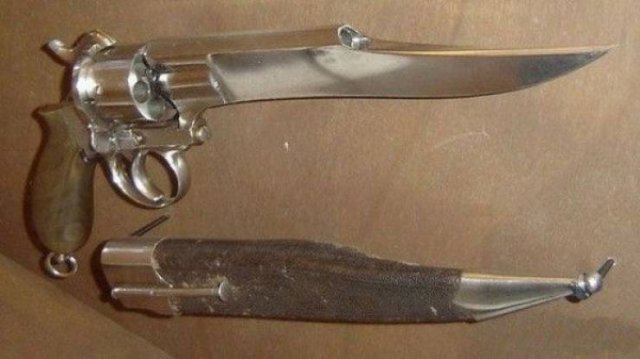
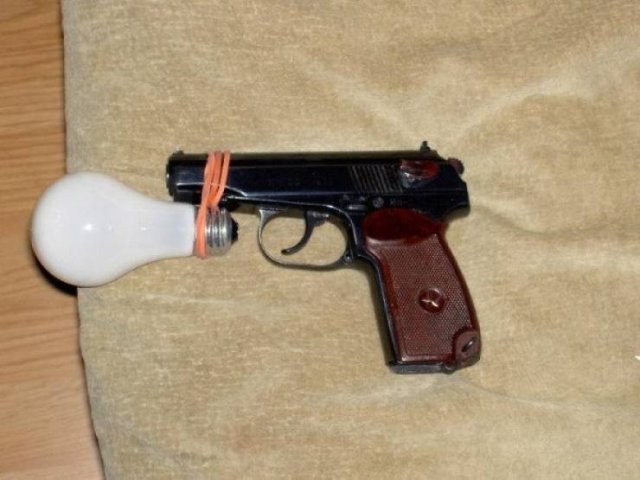
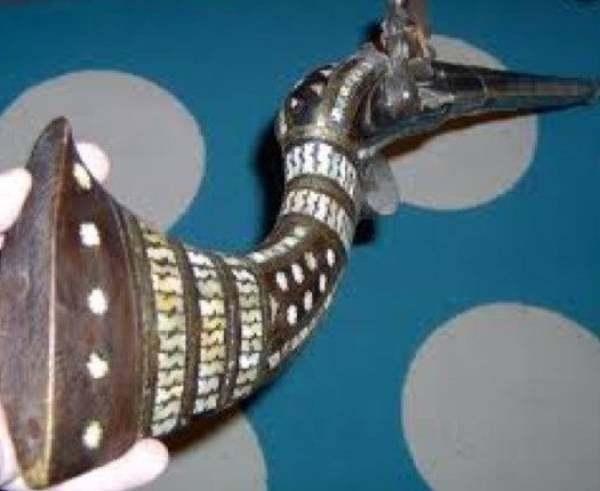
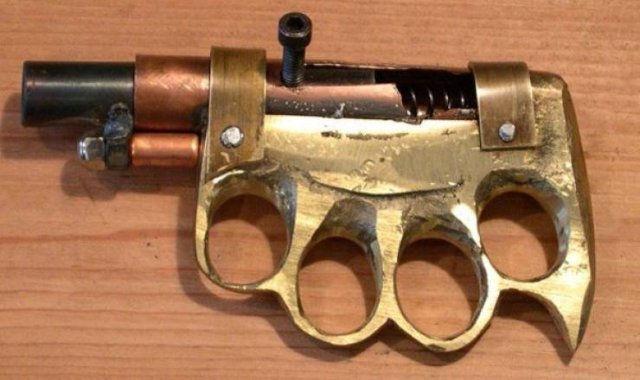
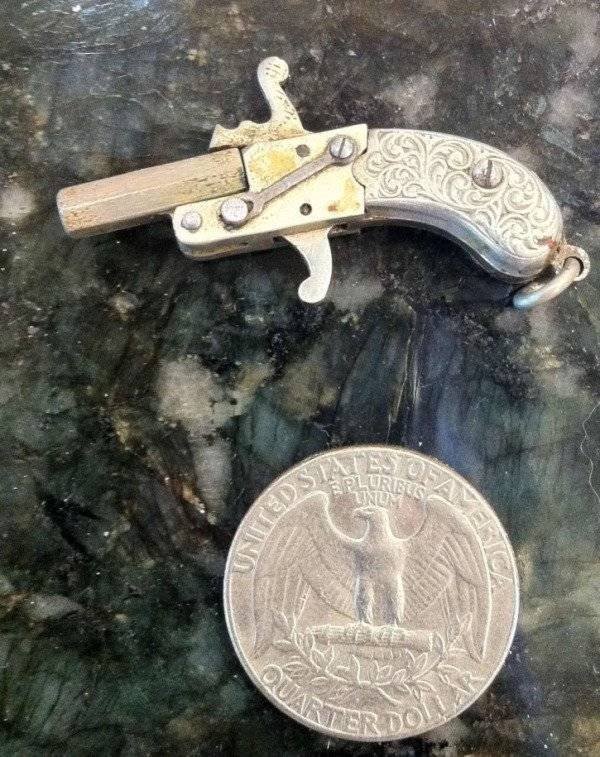
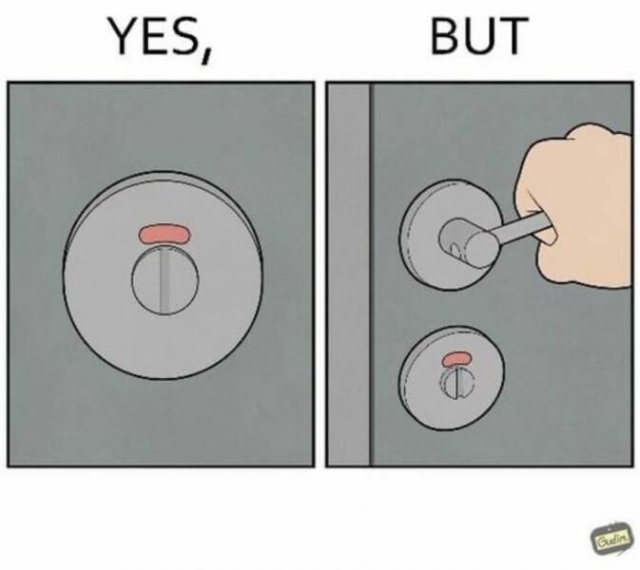


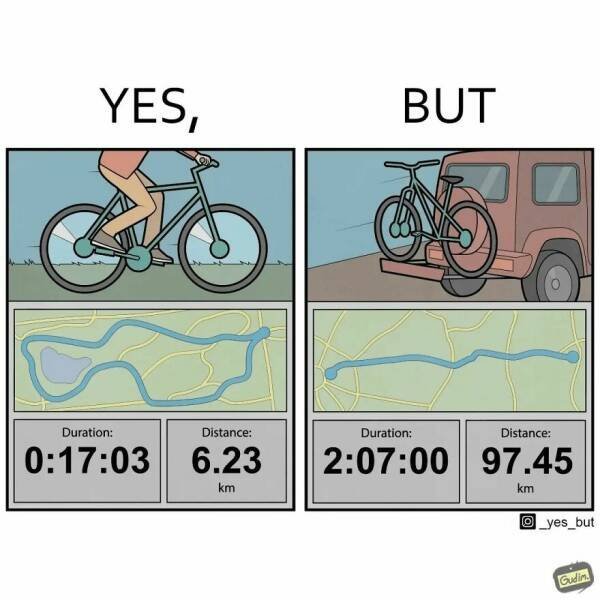
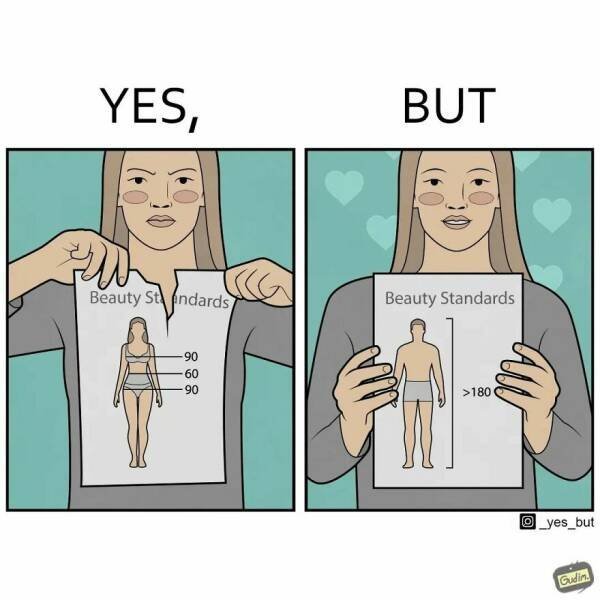
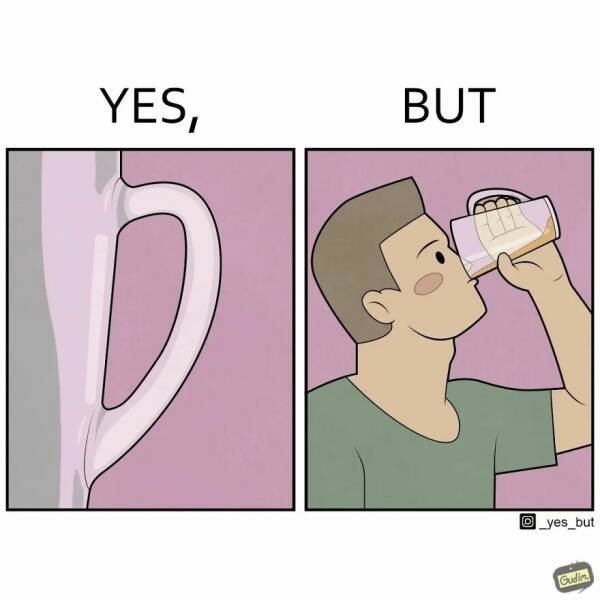
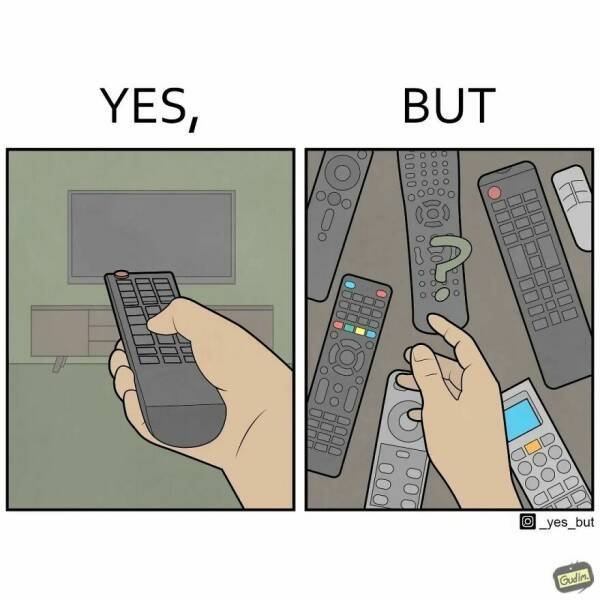

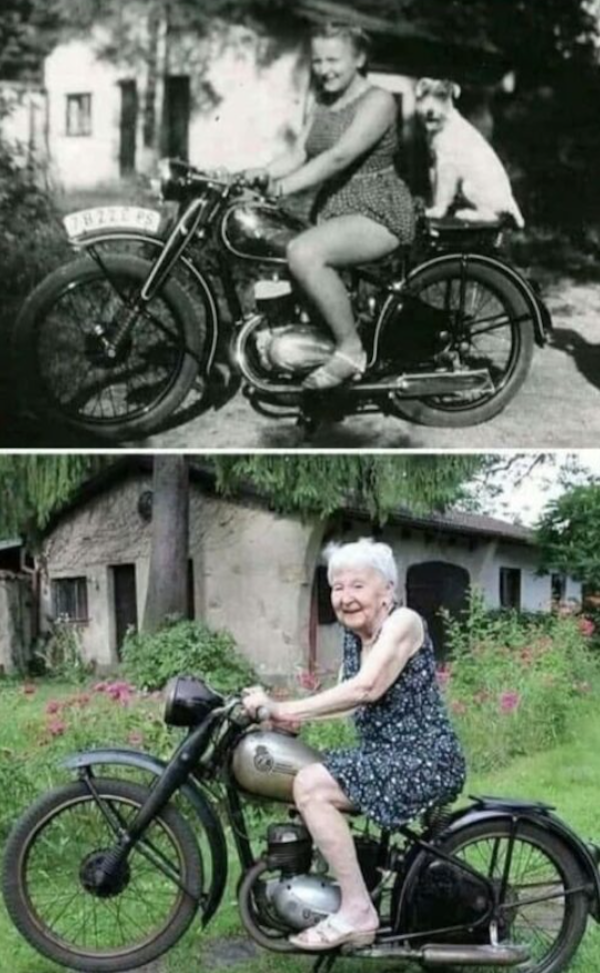

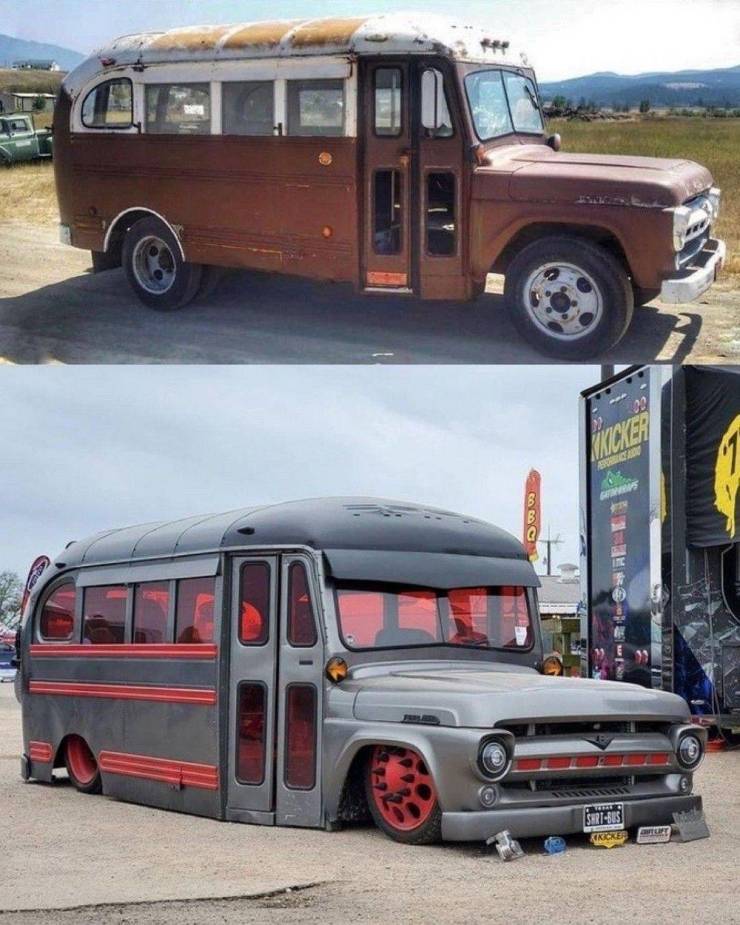

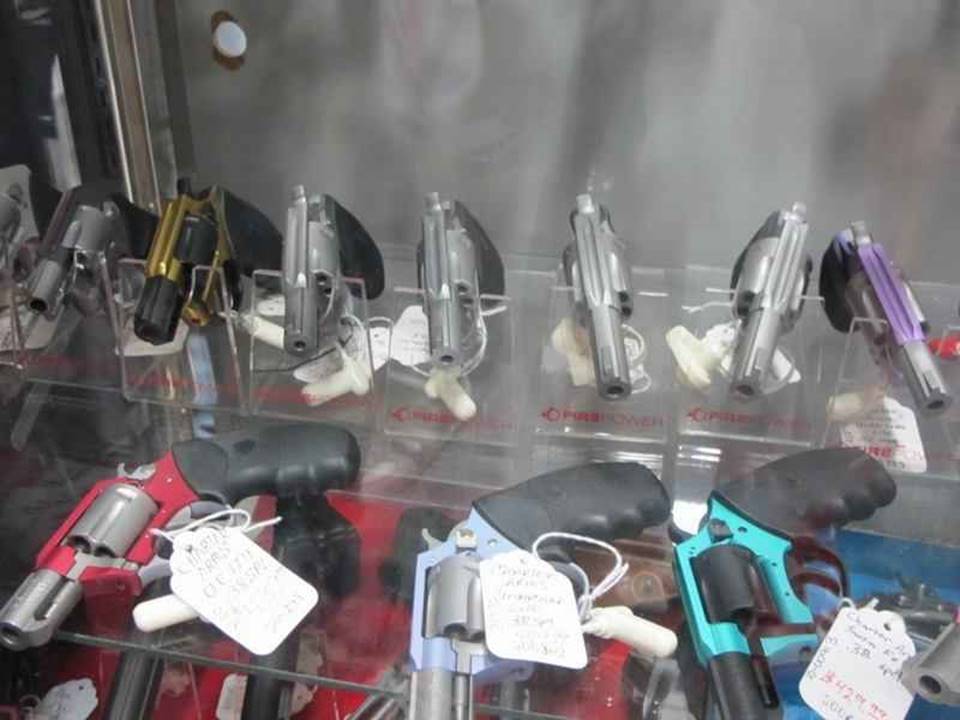
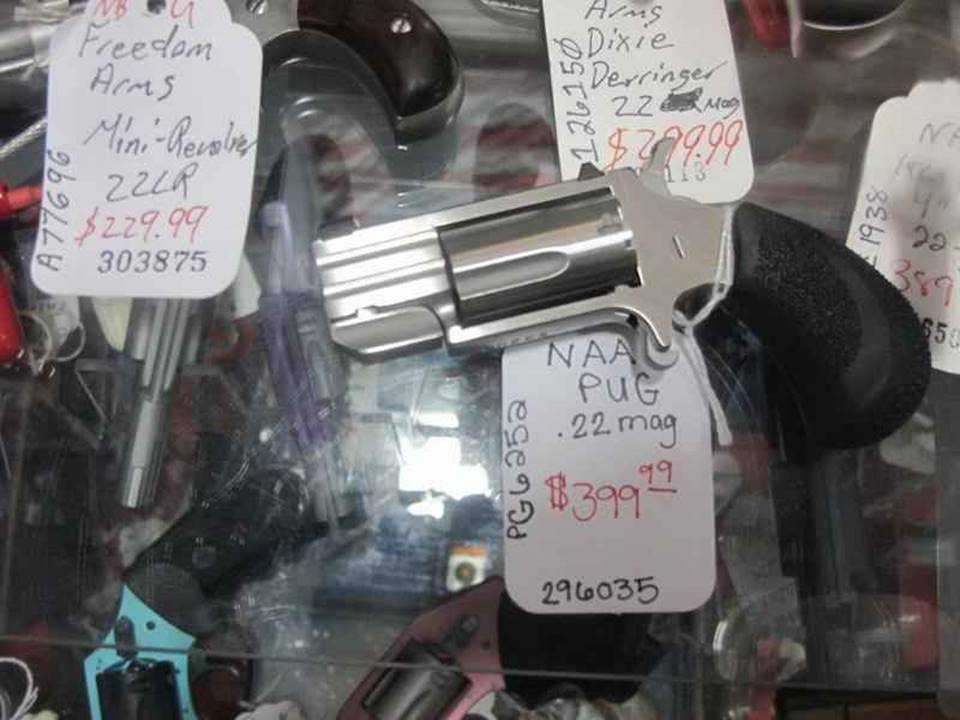

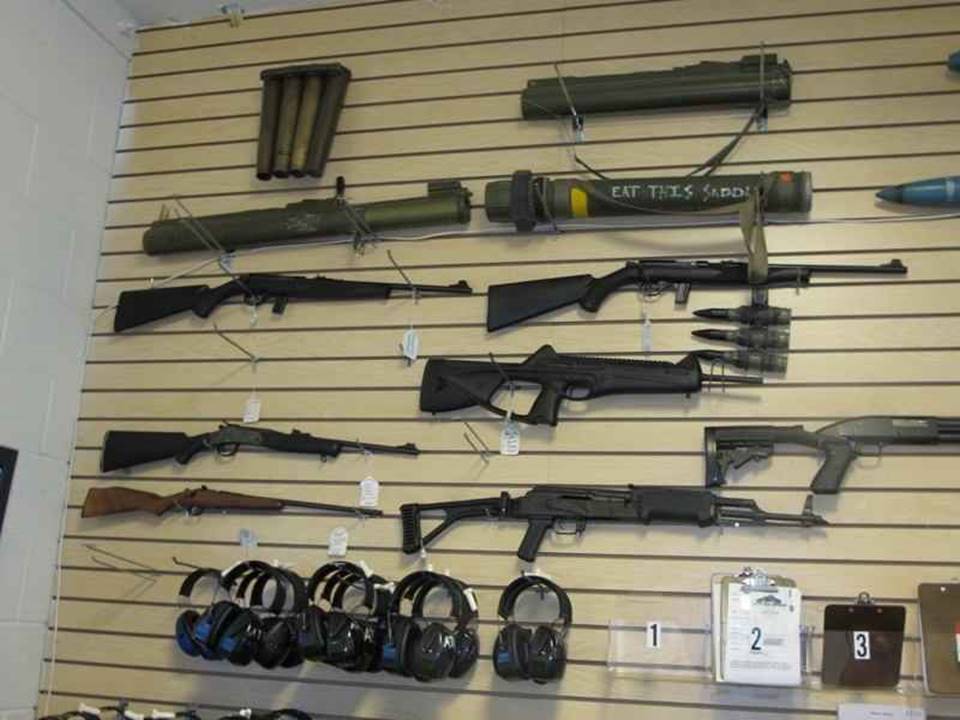
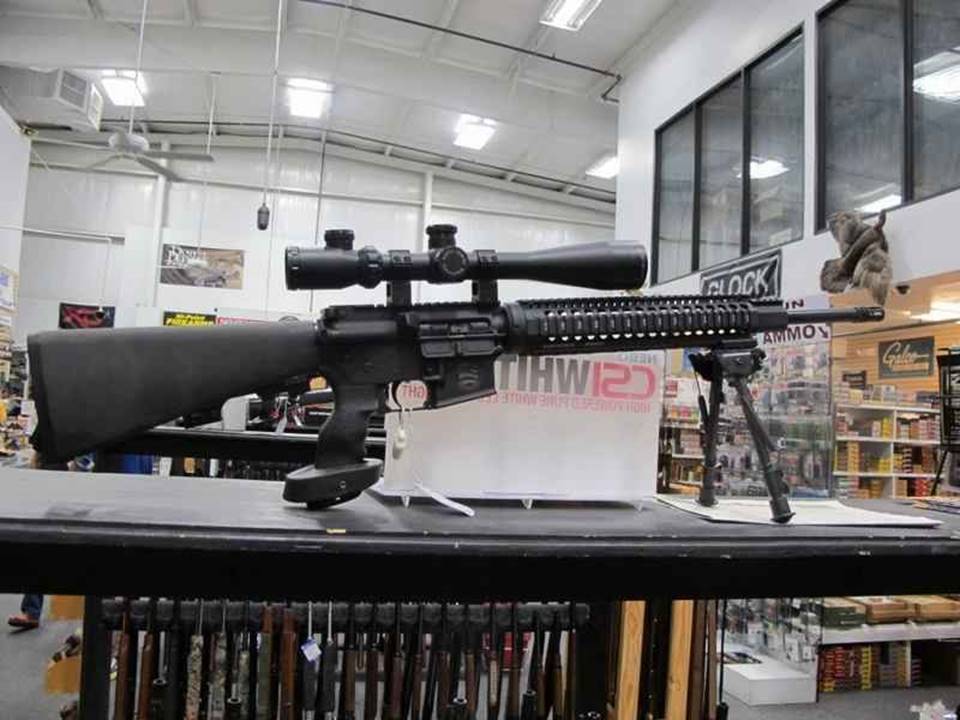
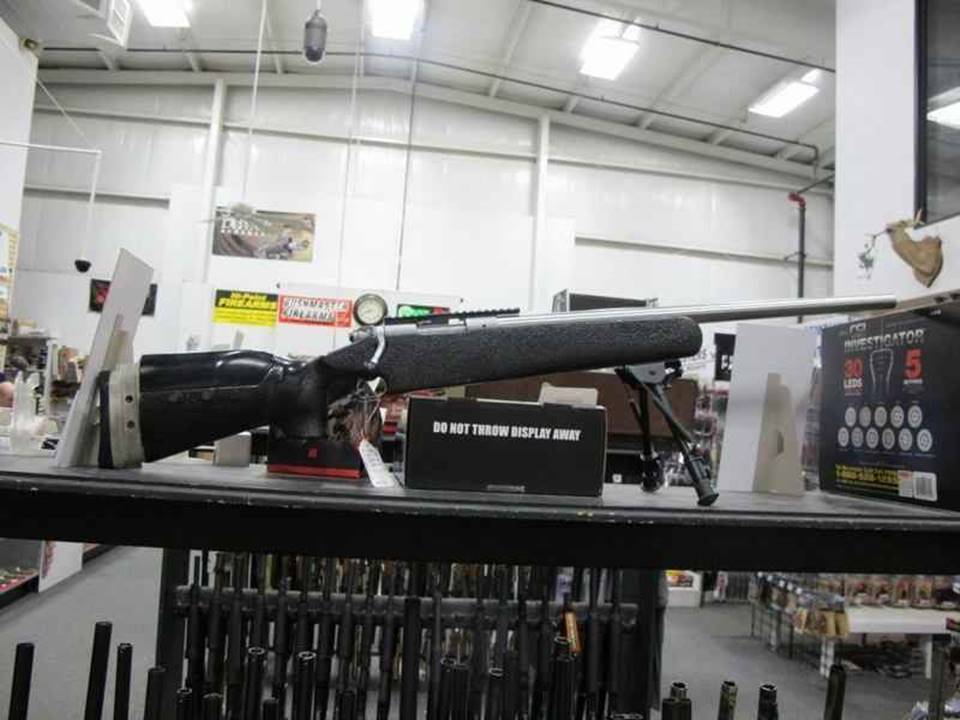

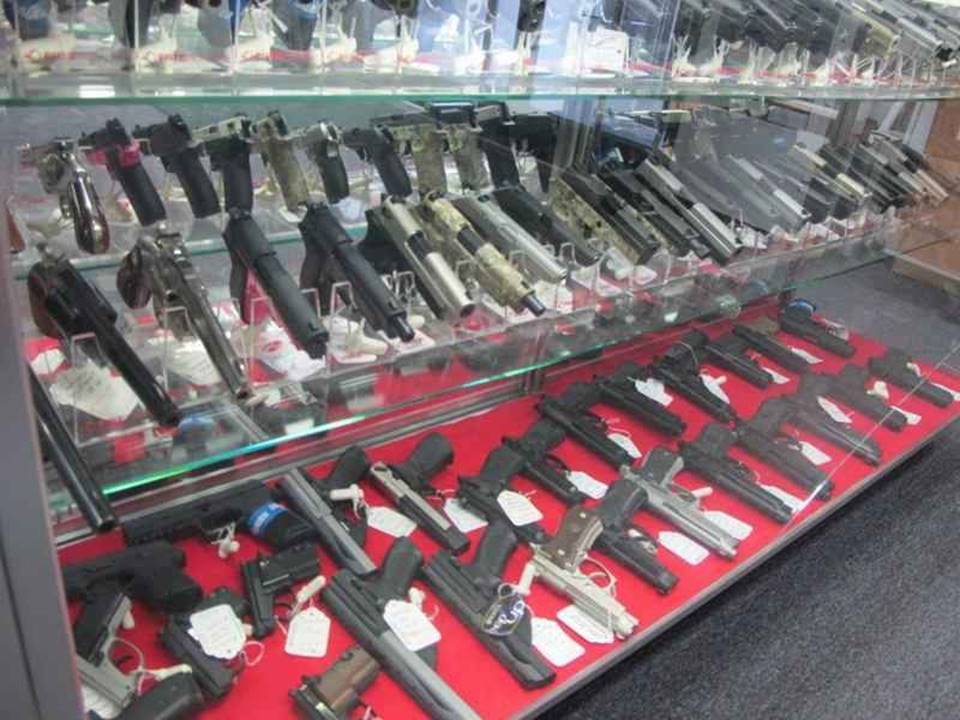



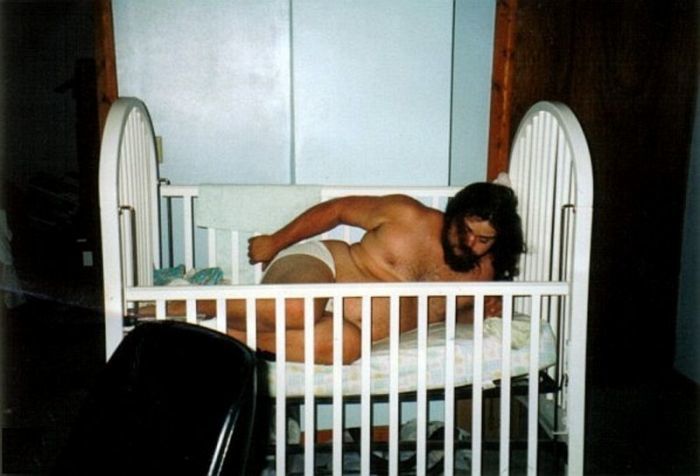

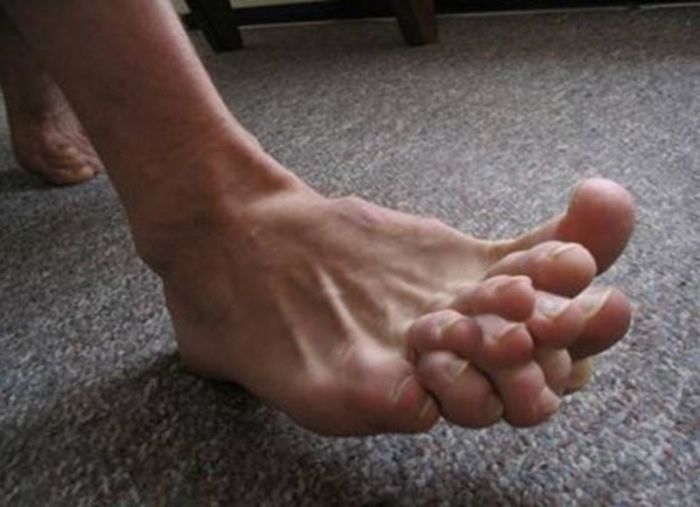










» WGT POETRY , QUOTES , MOMENTS , & MORE
» Word Genius Word of the day * Spindrift *
» Tales of Miurag #3 in Paperback Patreon Story in December!
» Disneyland vacation
» Download WhatsApp
» WORD DAILY Word of the Day: * Saponaceous *
» Word Genius Word of the day * Infracaninophile *
» THE TRUMP DUMP .....
» INTERESTING FACTS * How do astronauts vote from space? *
» WWE Crown Jewel is almost here! Don't miss the action LIVE today only on Peacock!
» *POPULAR CONTENTS* Valley of the SUN Official Newsletter
» NEW GUEST COUNTER
» Merriam - Webster Word of the day * ‘Deadhead’ *
» WWE Universe: Your Crown Jewel Broadcast Schedule has arrived!